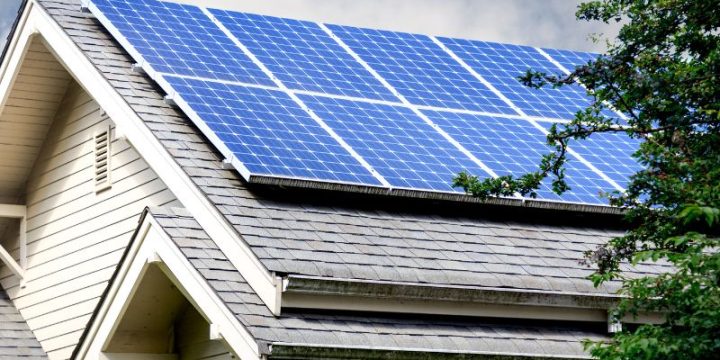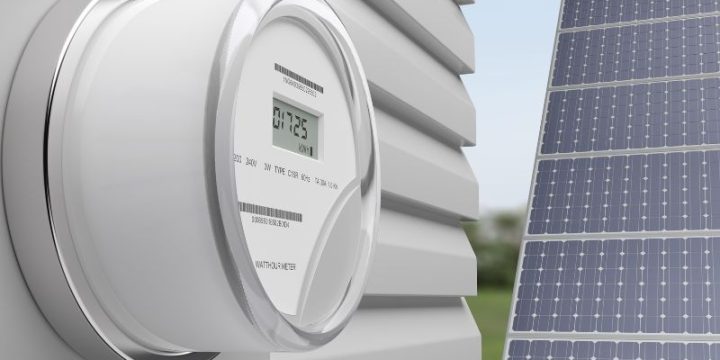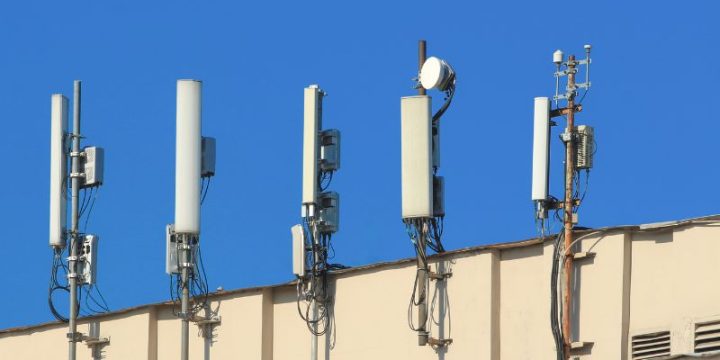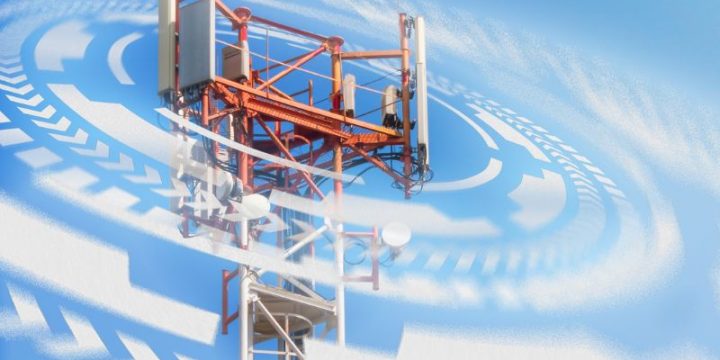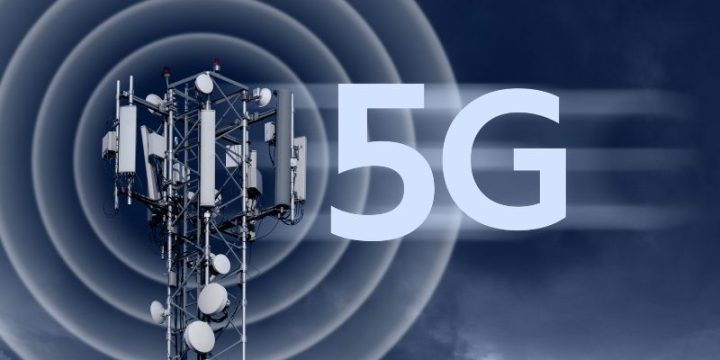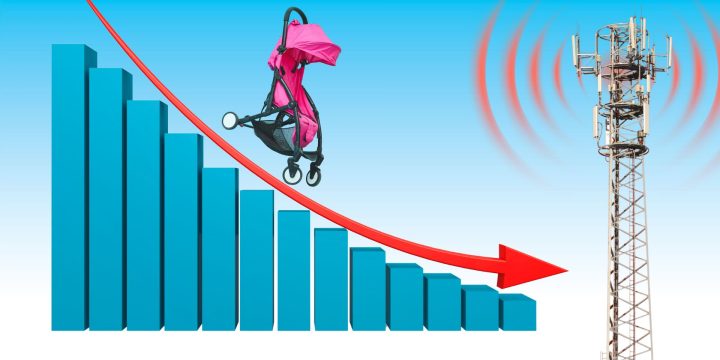
Electromagnetic Hypersensitivity (EHS) and its Association with EMF Radiation
In our modern society, electronic devices have become integral to our daily routines, offering convenience and efficiency. They enable us to engage in various activities, such as browsing the internet or utilizing microwaves to reheat food. However, as technological advancements progress, there has been an unprecedented proliferation in the number and diversity of sources emitting electromagnetic fields (EMF). EMF radiation, a type of energy produced by electrical and electronic devices like smartphones, laptops, tablets, Wi-Fi routers, and power lines, poses minimal risk to humans when present in low levels. Nevertheless, certain individuals exhibit heightened sensitivity to its effects, a condition known as Electromagnetic Hypersensitivity (EHS). EHS manifests as a collection of physical and psychological symptoms experienced by individuals upon exposure to EMF from devices such as cell phones, Wi-Fi routers,…

